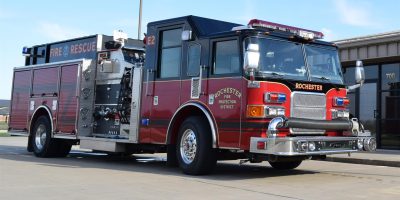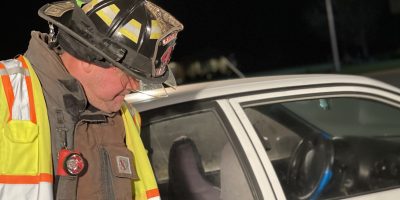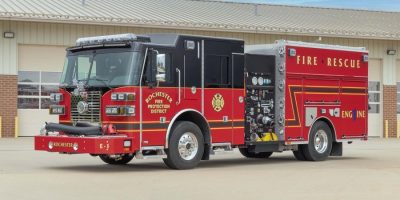Carbon Monoxide Detectors
Who needs a CO Detector?
Single Family Residences.
A single family residence, heated by a forced air furnace or a boiler that burns a fossil fuel , shall have a carbon monoxide detector within forty (40) feet of all rooms used for sleeping. The carbon monoxide detector should be placed so it will be easily heard in all sleeping areas and should be installed according to manufacturers instructions.
Multiple Family Dwellings Apartment Buildings.
A multiple family dwelling or apartment building, in which a hot water or steam boiler, that burns a fossil fuel and is located in the basement, must have one approved carbon monoxide detector installed in the room containing the central heating unit. The carbon monoxide detector should be installed according to manufacturers instructions.
Every apartment that has its own warm air heating plant (portable furnaces, space heaters, etc.) that burns a fossil fuel, shall have a carbon monoxide detector within forty (40) feet of all rooms used for sleeping. The carbon monoxide detector should be placed so it will easily be heard in all sleeping rooms and should be installed according to the manufacturers instructions.
What is Carbon Monoxide (CO)?
Carbon monoxide (CO) is a odorless, colorless gas produced by burning fossil fuels (Fossil fuels shall include natural gas, coal, kerosene, oil, propane and wood etc.) Exposure to lower levels of CO over several hours can be just as dangerous as exposure to higher levels for a few minutes.
Who is at risk?
Those most at risk are:
- Children.
- Elderly.
- People with lung or heart disease.
- Pregnant woman.
Signs and symptoms of CO poisoning include:
- Headache.
- Fatigue.
- Sleepiness.
- Weakness.
- Nausea, Vomiting.
- Dizziness, Confusion.
- Trouble breathing.
If prolonged exposure continues, LOSS OF CONSCIOUSNESS, COMA and ultimately DEATH will occur.
Do you have any of these fuel burning appliances?
- Gas Furnace.
- Gas Water Heater.
- Fireplace.
- Wood Burning Stove.
- Gas Ranges or Ovens.
- Gas Dryers.
- Kerosene Heaters.
- Charcoal/Gas Grills.
- Lawn Mowers.
- Snow Blowers.
- Chain Saws.
Dangerous levels of carbon monoxide can occur if these appliances are improperly installed/maintained, damaged, malfunctioning or improperly used/ventilated. Furnaces, water heaters, wood stoves and chimneys should be checked yearly by a professional service. This is to ensure proper function and ventilation. Yard equipment (ie., lawn mowers, snow blowers, etc.) or charcoal/gas grills should never be used or run in the home.
What should you do if your CO detector goes off?
- Get out!
- As you leave, turn off fuel burning appliances if possible.
- Get fresh air.
- Call 911.
- Seek medical attention if you have signs symptoms of CO poisoning.
- Don’t go back into the building until cleared by the fire department


